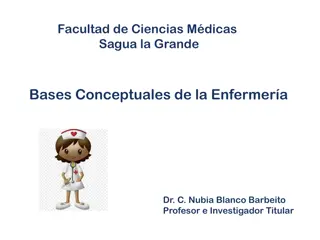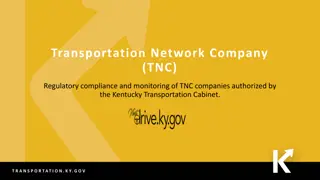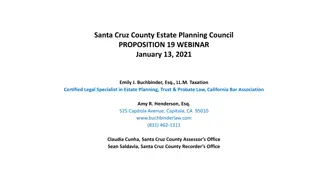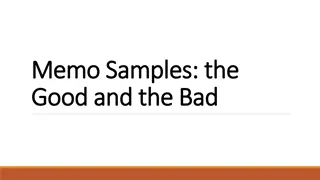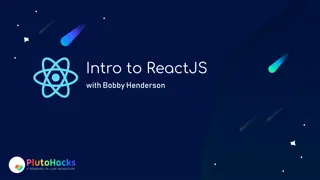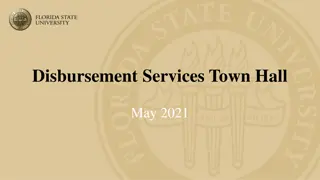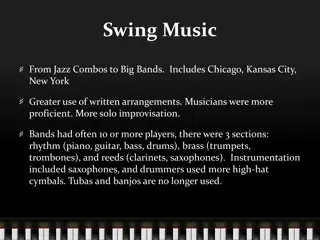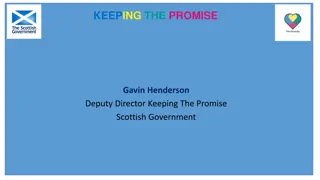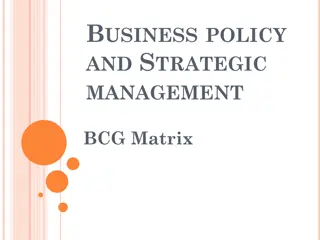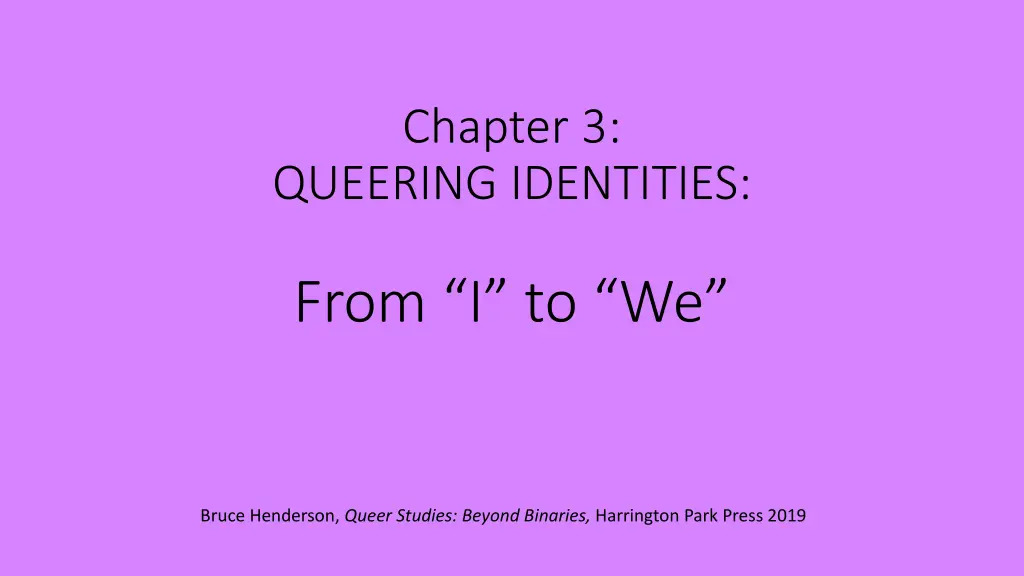
Queering Identities: Exploring the Complexity of Human Development
Delve into the intricate interplay of identities and experiences as discussed in Bruce Henderson's book "Queer Studies: Beyond Binaries." Explore topics such as identity politics, intersectionality, Erik Erikson's stage model, and challenges faced during childhood and adulthood. Gain insights into the evolving nature of identity formation and cultural integration within diverse communities.
Download Presentation

Please find below an Image/Link to download the presentation.
The content on the website is provided AS IS for your information and personal use only. It may not be sold, licensed, or shared on other websites without obtaining consent from the author. If you encounter any issues during the download, it is possible that the publisher has removed the file from their server.
You are allowed to download the files provided on this website for personal or commercial use, subject to the condition that they are used lawfully. All files are the property of their respective owners.
The content on the website is provided AS IS for your information and personal use only. It may not be sold, licensed, or shared on other websites without obtaining consent from the author.
E N D
Presentation Transcript
Chapter 3: QUEERING IDENTITIES: From I to We Bruce Henderson, Queer Studies: Beyond Binaries, Harrington Park Press 2019
Identity Identity Politics: Issues of power, justice, and experience Group membership in social categories Bruce Henderson, Queer Studies: Beyond Binaries, Harrington Park Press 2019
Intersectional Always multiple and contingent Simultaneity of membership in different categories Example: black (race), cisgender (expression), lesbian (orientation) Bruce Henderson, Queer Studies: Beyond Binaries, Harrington Park Press 2019
Erik Erikson: Stage Model Stage Model: individuals move through sequential stages of development Recognizable patterns, although there is range of ages during which individuals experience the stages Bruce Henderson, Queer Studies: Beyond Binaries, Harrington Park Press 2019
Challenges: Vs. Childhood: Stage One: Hopes: trust vs. mistrust (birth-age 2) Stage Two: Will: autonomy vs. shame (age 1 or 2 -4) Stage Three: Purpose: initiative vs. guilt (age 3-5) Stage Four: Competence: industry vs. inferiority (ages 5-12) Bruce Henderson, Queer Studies: Beyond Binaries, Harrington Park Press 2019
Erikson Model, continued Adolescence: Stage Five: Fidelity: identity vs. role confusion (ages 12- 18) Bruce Henderson, Queer Studies: Beyond Binaries, Harrington Park Press 2019
Erikson Model, continued Adulthood: Stage Six: Love: intimacy vs. isolation (age 18-40) Stage Seven: Care: generativity vs. stagnation (age 40-64) Stage Eight: Wisdom: ego integrity vs. despair (age 64-death) Bruce Henderson, Queer Studies: Beyond Binaries, Harrington Park Press 2019
Carol Gill and Cultural Integration Model originally developed to describe integration of people with disabilities into disability culture/s not a stage model: experiences and processes not necessarily sequential categories may be experienced simultaneously may overlap with each other Bruce Henderson, Queer Studies: Beyond Binaries, Harrington Park Press 2019
The Four Types 1. coming to feel we belong: integrating into society 2. coming home: integrating with the community 3. coming together: internally integrating our sameness and differentness 4 coming out: integrating how we feel with how we present ourselves Bruce Henderson, Queer Studies: Beyond Binaries, Harrington Park Press 2019
Coming Out: The History of a Phrase Originated in first half of the 20th century May have come from the practice of debutante balls (young women coming out in society) Chauncey: being introduced as a gay man in gay social circles Bruce Henderson, Queer Studies: Beyond Binaries, Harrington Park Press 2019
Contemporary Usage Currently extended to refer to process of disclosing any non-visisble identity (race, gender, dis/ability, age, class) Within queer culture, can be used to refer to disclosure of either sexual orientation, gender expression, or other non-normative sexual features (such as intersex) or interests (such as fetishes) Bruce Henderson, Queer Studies: Beyond Binaries, Harrington Park Press 2019
The Closet Growth of phrase coming out of the closet Scholarly discourse: Eve Kosofsky Sedgwick: Epistemology of the Closet (1991) the closet as metaphor and as phenomenon applied to literary and cultural texts (Wilde, Cather, Henry James) Bruce Henderson, Queer Studies: Beyond Binaries, Harrington Park Press 2019
Tony E. Adams and a Model of The Closet Tony E. Adams, Narrating the Closet: An Autoethnography of Same- Sex Attraction (2011) Applies the closet to real-life experiences and processes: coming in : choosing to be closeted being closeted : the situation of remaining closeted coming out : deciding to disclose sexual orientation to others Bruce Henderson, Queer Studies: Beyond Binaries, Harrington Park Press, 2019
The Closet: Positive and Negative Aspects Positive Aspects: Can be a strategy for safety and security Gives control for self-disclosure to the individual Bruce Henderson, Queer Studies: Beyond Binaries, Harrington Park Press 2019
The Closet, continued Negative aspects: Can lead to blackmail and other forms of external force Can be source of shame and guilt Can produce emotional distance and psychological barriers Can function socially and politically destructive and regressive ways Bruce Henderson, Queer Studies: Beyond Binaries, Harrington Park Press, 2019
Spotlight on Literature: Jane Hamilton and The Short History of Prince Protagonist: Walter, white high school boy in 1970s suburban Chicago Sexuality: closeted gay male (come out later in novel) Context: after ballet class in downtown Chicago Antagonist: Mr. Kenton, ballet teacher (possibly closeted) Author: self-identifies as cisgender, heterosexual white female Bruce Henderson, Queer Studies: Beyond Binaries, Harrington Park Press 2019
Models of Coming Out Richard Troiden, extended by Frank Floyd and Roger Bakeman: 1. sensitization to same-sex attractions (childhood/early adolescence) 2. identity confusion in adolescence 3. identity assumption marked by first self-identification as gay (late adolescence or early young adulthood) 4. identity commitment 5. beginning of disclosure to others Bruce Henderson, Queer Studies: Beyond Binaries, Harrington Park Press 2019
Vivienne Carrs Stages of Coming Out 1. identity confusion 2. identity comparison 3. identity acceptance 4. identity pride 5. identity synthesis Bruce Henderson, Queer Studies: Beyond Binaries, Harrington Park Press 2019
Rosario, et. al: Sexual Health Model of Coming Out Involvement in gay/lesbian activities Attitudes towards homosexuality (become more positive) Comfort with homosexuality Self-disclosure of sexual identity to others Sexual identity (stable and formed) Bruce Henderson, Queer Studies: Beyond Binaries, Harrington Park Press 2019
Savin-Williams: Milestones of Young Gay Men 1. in childhood, felt different from other boys more sensitive 2. at puberty, feelings from childhood begin to have object- targets (general or specific) 3. sexualization of attraction but not of identity Bruce Henderson, Queer Studies: Beyond Binaries, Harrington Park Press 2019
Savin-Williams, Milestones, continued 4. may have girlfriends in romantic sense, but little or no sexual desire for them 5. first gay sexual experience typically within a year of labeling self as gay 6. majority of the boys also had heterosexual experiences, around same time as first homosexual experience Bruce Henderson, Queer Studies: Beyond Binaries, Harrington Park Press 2019
Savin-Williams, Milestones, concluded 7. period of self-identification as gay: High school: 40% Childhood or early adolescence: 20% After high school: 40% 8. first gay romance at or about age 18 (average) Bruce Henderson, Queer Studies: Beyond Binaries, Harrington Park Press 2019
Queer by Choice: Some Lesbian Perspectives Major Researchers: Carla Golden, psychologist Vera Whisman, sociologist Barbara Ponse, psychotherapist Argue, based on interviews and other data, that for some women, lesbian identity can be a choice, often based on commitment to feminist politics Bruce Henderson, Queer Studies: Beyond Binaries, Harrington Park Press 2019
Asexuality: An Emerging Identity Ace : umbrella term to include such varied identities as asexual, aromantic, agender, and more Bogaert: approximately 1% of population identify as asexual AVEN (Asexuality Visibility and Education Network): David Jay Bruce Henderson, Queer Studies: Beyond Binaries, Harrington Park Press 2019
Julie Sondra Decker: Asexuality 101 1. Asexuality is a Sexual Orientation 2. Asexuality is a Mature State 3. Asexuality is a Description 4. Asexuality is a Healthy State 5. Asexuality is a Reasonable Possibility Bruce Henderson, Queer Studies: Beyond Binaries, Harrington Park Press 2019
Issue for Investigation: What Is/Are Bisexuality/ies? Savin-Williams Typology: Situational: Chic: Transitional: bridge to change from one identity to another Historic: past sexual practices contrary to current identification Sequential: consecutive relationships with different genders restrictive circumstances social acceptance Bruce Henderson, Queer Studies: Beyond Binaries, Harrington Park Press 2019
Savin-Williams, Bisexualities, continued Concurrent: Experimental: Technical: Cop-out: maintain relationships with both genders at same time try out relationships with both genders at same time as test for preference have sex with both genders but prefer to be lesbian/gay want best of both world without commitment Bruce Henderson, Queer Studies: Beyond Binaries, Harrington Park Press 2019
Issue for Investigation: Erikson s Applications to Queer Life Other ways of applying Erikson s model to queer life? Talk to older queer people to see if their life stories fit Erikson s model Have social and legal changes altered the patterns of life stages for queer people? Bruce Henderson, Queer Studies: Beyond Binaries, Harrington Park Press 2019



